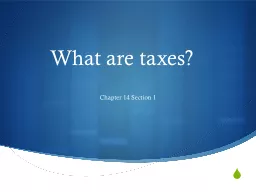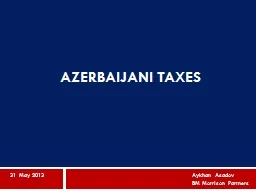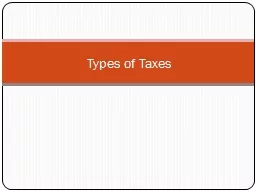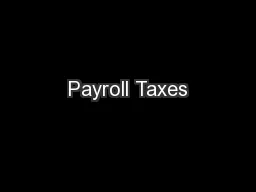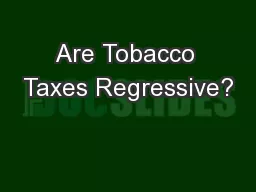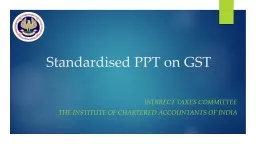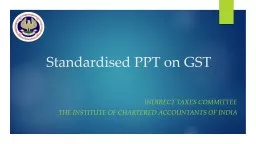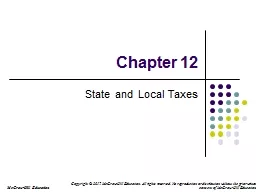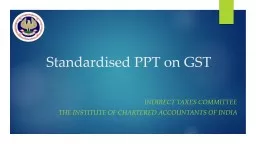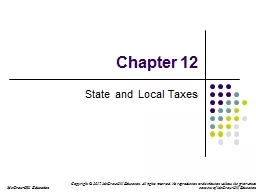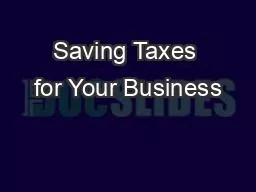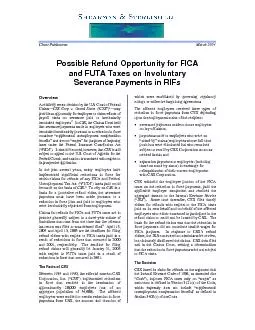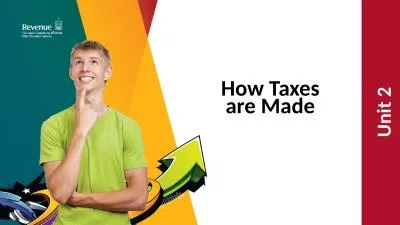PPT-What are taxes? Chapter 14 Section 1
Author : syfarect | Published Date : 2020-06-20
Taxes Frustration over taxes is what led American colonists to go to war against and declare independence As citizens of the US we authorize the government through
Presentation Embed Code
Download Presentation
Download Presentation The PPT/PDF document "What are taxes? Chapter 14 Section 1" is the property of its rightful owner. Permission is granted to download and print the materials on this website for personal, non-commercial use only, and to display it on your personal computer provided you do not modify the materials and that you retain all copyright notices contained in the materials. By downloading content from our website, you accept the terms of this agreement.
What are taxes? Chapter 14 Section 1: Transcript
Download Rules Of Document
"What are taxes? Chapter 14 Section 1"The content belongs to its owner. You may download and print it for personal use, without modification, and keep all copyright notices. By downloading, you agree to these terms.
Related Documents

